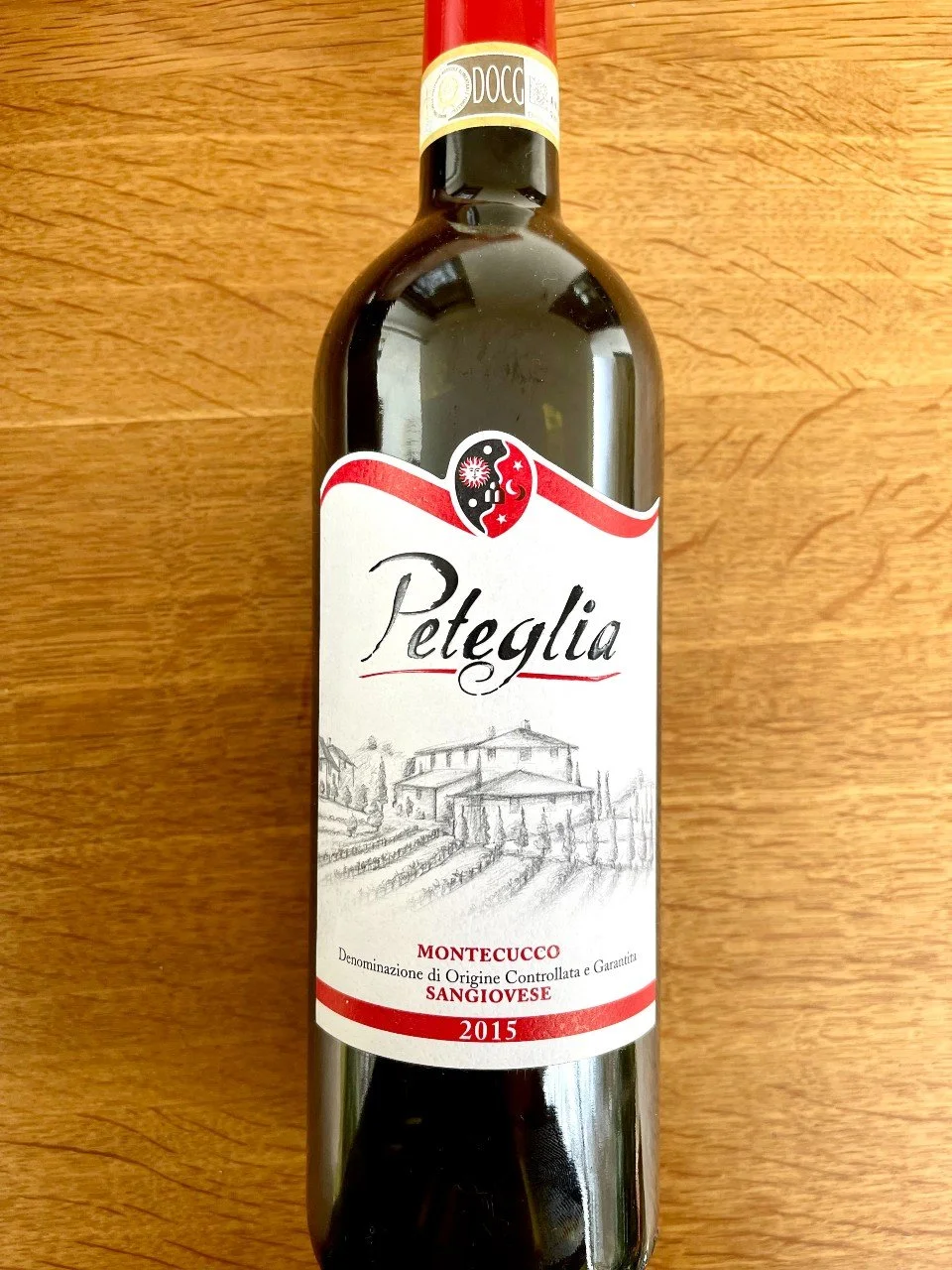Rotenberg GG 2019, Gut Hermannsberg
The Nahe region is named after the river that crosses the forested Hunsrück Hills valleys. Although the Nahe is one of the smaller German wine regions, its extraordinary range of soil types is second to none. For this reason, the region is able to grow a range of varieties and produce a large diversity of wine styles. However, like the Mosel, there are many steep vineyard sites here, and while they can produce great quality, the effort required to farm them has led to many being abandoned.
Mavrotragano 2019, Artemis Karamolegos Winery
Mavrotragano is a dark-skinned grape grown mainly on the Cyclades islands, with some great examples from Santorini and Tinos. In recent years a few efforts occurred on the mainland with commercial success and helped Mavrotragano to find its place. However, although the variety has already gained a high-quality status, its full potential still needs to be discovered.
Montecucco 2015, Peteglia
Montecucco DOCG lies on the southwest hillsides of Amiata Mountain, directly opposite the Brunello di Montalcino slopes. The two zones share many similarities, but also many various. Sangiovese is the main red variety for both regions, but even if Montecucco has the potential to reach the quality level of Brunello, they do not share the same status.
Les Forts de Latour 1992, Château Latour
Les Fortes de Latour is the second label of Château Latour. It is a common practice in the Bordeaux region of all the major Château to produce a second less expensive label than the Grand Vin yet produced with the same meticulous care as the Grand Vin, both in the vineyard and in the winery. The main differences between the second label and the Grand Vin are the grapes' origin (young vines or less prominent plots), the new oak proportion and usually the higher proportion of Merlot in the final blend.
Even now, after I have tasted the Les Fortes de Latour, I struggle to believe that it was in such an excellent condition. After all, it is a 30-year-old wine!
Cuvée Spéciale Extra Brut, Karanika
Laurens Hartman is or should be a case study in the Greek wine scene. He came from Holland, tired of the urban way of life and searching for a place he could enjoy life. Who could ever imagine that this place would be the unfriendly Amyndeon?
Le Sang de la Pierre 2017, Aivalis Winery
Sotiris and Christos Aivalis are famous among wine lovers who appreciate seriously made red wines. If not the best, indeed, one of the top three producers in the Nemea region.
Bourgogne Hautes-Côtes de Beaune 2020, Domaine Chevrot
The Bourgogne Hautes-Côtes de Beaune includes 29 villages, and one can find wines of all three colours, although reds are the majority.
Whispering Angel 2021, Château d'Esclans
Château d'Esclans belongs to the Louis Vuitton group and is part of the global network of wineries in strategic regions around the globe. The Whispering Angel is a million-selling bottle rosé and one of the most recognisable brands in the wine industry and beyond.
Santorini 2020, Mikra Thira
The founders of the Mikra Thira winery are two of the greatest figures in the modern history of Greek wine, Vangelis Gerovasileiou and Vassilis Tsartsalis, who, together with the third founding member, Ioanna Vamvakouri, aim to make Thirasia a wine destination and contribute even more to highlighting the Santorini vineyard.
Diaporos 2017, Kir-Yianni
Diaporos is a blend of Xinomavro with a small quantity of Syrah that adds colour, complexity and richness.
Amarone Della Valpolicella Classico Riserva 2015, Virgo Moron
Amarone is one of the robust, richer, high-in-alcohol dry wines worldwide. It is produced only in Valpolicella, in the district of Veneto in Northern Italy and holds DOCG status.
Evnia 2019, Haralabakis Winery
Vidiano is a challenging grape. It is very productive, and the yields must be kept low in favour of quality. But once it succeeds in the vineyard, the unique variety's attributes emerge.
Malbec 2020, Terrazas de los Andes
Malbec is a dark skin grape that initially comes from Bordeaux. But its significant commercial and notable success happened in Argentina and expanded worldwide.
Naoussa 1998, Foundis Estate
Although Xinomavro can be demanding for some palates in its youth, it is an absolute winner when it ages for a certain period.
Draculea 2017, Legendary Dracula
Romania was influenced and developed viticulture as a former part of the Roman Empire. Today is trying to find its place in the wine world with some good examples of Cabernet Sauvignon, Merlot, Pinot Noir and a severe investment in indigenous varieties.
Nuits-Saint-Georges 1er Cru “Aux Chaignots” 2015, Domaine Alain Michelot
Nuits-Saint-Georges is the town that gives its name to the appellation that covers the northern part of Côte d'Or. Nevertheless, the region includes some of the most iconic and prestigious sub-appellations, Grand Cru vineyards and wine producers the world has ever met.
Ladoix 1er Cru “Les Joyeuses” 2016, Domaine Michel Mallard
Ladoix is the northernmost village of Côte de Beaune and shares borders with the famous Aloxe-Corton.
Tria Ampelia 2020, Oeno P
Paris Sigalas is an emblematic figure of the Greek wine scene and Santorini's vineyard. He associates his name with some of the greatest Greek white wines.
Crescendo 2018, Taaibosch Estate
South Africa has two essential elements of a great terroir. The ancient soils (oldest than any other wine-growing region) and a wealth of old vines from numerous varieties.
Silphium 2021, La Tour Melas
Silphium is an unidentified plant used widely by most ancient Mediterranean cultures and was so rare and valuable that it was worth its weight in silver.





















